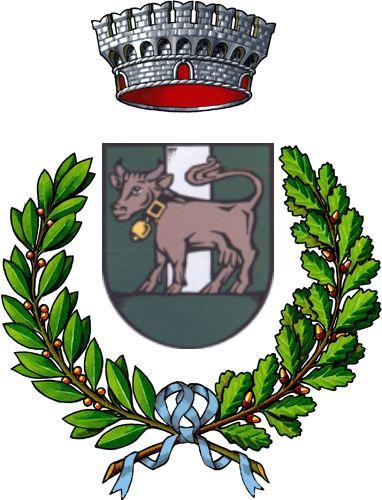
- Altitude:
- 754 m
- Suprface area:
- 8 km²
- Current population:
- 105
- Patron Saint:
- San Gottardo
- Hamlets:
- Centro, Bedoglio, Piazza, Cucchi, Erta, Portola, Gaggi, Marveggia, Mialli, Scilironi
Although hidden from sight of anyone travelling along the provincial road of the Valmalenco, Spriana is the first municipality you come across as you enter the valley,on the left-hand orographic bank of the Mallero torrent.
Lying in a beautiful hollow amidst woods and meadows, overlooked by the steep walls of Mount Foppa (2,461 m), it is one of the smallest municipalities in the province of Sondrio, measuring only 819 hectares.
The population numbers little more than a hundred people: over the last half a century there has been a considerable drop in numbers, as a result not only of the general phenomenon of depopulation which affected all the Alpine areas,but also due to a landslide which threatens the village.
The history of Spriana stands out from that of the other municipalities in the Valmalenco, as it originally belonged to the Mountain Community of the Valtellina, located west of the Mallero gully.
The church dedicated to
San Gottardo
existed as far back as the fifteenth century and was used for religious services for the entire territory, which was to become the future Municipality of Spriana.
In 1624, Spriana became an autonomous parish.
This was to be the first step towards administrative autonomy and the establishment of an autonomous Municipality, which only came about in 1816, under the Kingdom of Lombardy-Venetia.
Under the Kingdom of Italy and the establishment of national laws, which envisaged new excise taxes on certain products, such as sugar, coffee and tobacco, smuggling with nearby Switzerland also flourished in Spriana, as in the entire Valmalenco.
It helped boost the meagre income from the little land available to the inhabitants of Spriana, which could be cultivated.
To stamp out smuggling, a barracks of the Guardia di Finanza [Finance Police] was built in the early twentieth century in Val di Togno, on the boundary with the municipality of Montagna in Valtellina.
The twentieth century saw the population emigrate in a continual, irreversible flow: the most popular destinations were those overseas in Argentina and in Australia, but also, naturally, to the main town of Sondrio, and to some areas in Lombardy, especially around Varese.
Spriana's recent history has been marked by a tragically irreversible destiny.
Between 1960 and 1965, the danger of a vast landslide loomed over the village and forced the Town Council to evacuate definitively a good part of the population.
Due to the depopulation of the village of Spriana and its numerous districts, time appears to have stopped half a century ago, so that visitors today can find a marvellously unique example of an open air museum, as many of the historic settlements have remained intact to give a vivid, palpable image of daily life of long ago.
Bibliography
-
Aurelio Benetti - Flaminio Benetti - Angela Dell'Oca - Diego Zoia,
Le comunità contadine della bassa Valmalenco, in
Uomini delle Alpi,
Milan 1983
-
Annibale Masa,
Inventario dei toponimi valtellinesi e valchiavennaschi. 13. Territorio comunale di Spriana,
Società Storica Valtellinese,
Sondrio 1982